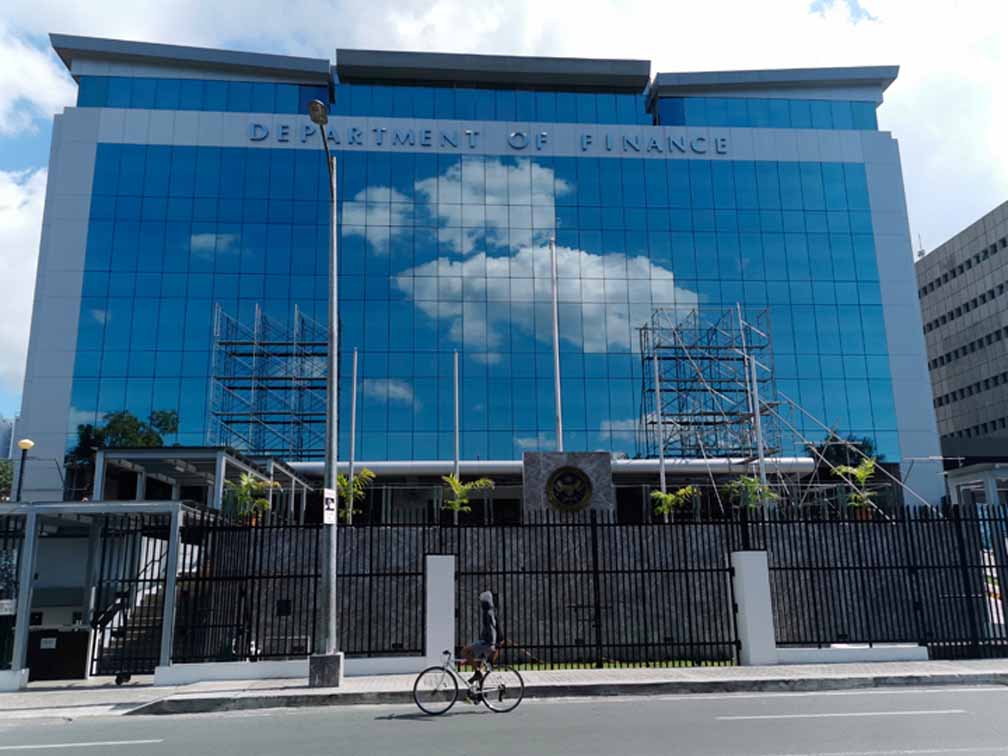
THE government has so far lost P2.53 billion in revenues from temporarily lowering pork and rice import tariff rates.
Finance Undersecretary Antonette Tionko said that as of August 13, the government had incurred a revenue loss of P2.52 billion from cutting the tariff rates on pork imports since April this year; and lost another P11.39 million for lowering the tariff rates for rice imports since June.
Tionko also said they expect to lose P5.4 billion by the end of the year from the reduction in pork tariff rates. On top of this, she said they are projecting a revenue loss of P40.9 million due to the slash in rice import tariff rates until May 2022.
“So for pork importation, since the EO [Executive Order] on that was released, we incurred a loss of P2.52 billion since April and now we are projecting a loss of P5.4 billion revenue loss by the end of the year,” Tionko told reporters.
Nonetheless, Finance Secretary Carlos G. Dominguez III added the government’s decision to lower the tariff rates on pork imports halted the increase in prices.
“That loss of revenue blunted the growth in the increase in prices of pork. It has really stopped the increase in prices by adding more supply,” Dominguez said. “Now, revenues, we are looking at the health of the entire economy and the welfare of the people. It’s worth it to lose some revenues so that people’s food costs are not increased.” Customs Commissioner Rey Leonardo Guerrero earlier said they saw a spike in pork imports to 76 million kilograms (kg) from April 9 to June 11 after President Duterte signed the EOs cutting tariff rates on incoming pork imports and hiking the minimum access volume (MAV) for a temporary period to help stabilize the domestic supply and prices of pork.
Pork imports during this period for both in-quota and out-quota shipments have already accounted for 69 percent of the total 110 million kg of swine meat brought into the country from January 1 to June 11.
Under EO 128, pork tariff rates were temporarily cut to 5 percent for in-quota imports and to 15 percent for out-quota imports for the first three months of the measure; and to 10 percent (in-quota) and to 20 percent (out-quota) in the next nine months. Prior to EO 128, tariff rates for pork imports were at 30 percent (in-quota) and 40 percent (out-quota).
However, EO 128 was only in effect from April 7 to May 14 after President Duterte issued EO 134, repealing the previous issuance. This, after lawmakers expressed concern that the too-low pork tariff rates will flood the market with imported pork and deepen the misery of local hog raisers already reeling from the impact of African swine fever.
Duterte’s signing of EO 134 paved the way for the slight increase in pork tariff rates to 10 percent (in-quota) and to 20 percent (out-quota) for the first three months; and to 15 percent (in-quota) and to 25 percent (out-quota) in the next nine months. The one-year effectivity of EO 134 began on May 15, 2021.
Apart from this, Duterte also issued EO 133, hiking the MAV for pork imports this year to 254,210 metric tons (MT) from the current 54,210 MT. Any unavailable balance at the end of 2021 shall not be carried over to 2022.
Lowering the tariff rates on rice imports, Dominguez said, enabled the country to buy the staple from more sources.
President Duterte’s EO 135 which paved the way for temporary lower tariff rates on rice imports took effect on June 2 this year. The EO reduced the tariff rates for rice to 35 percent from 40 percent (in-quota) and 50 percent (out-quota) for one year.
“It’s just common sense. We are one of the biggest rice buyers in the world and why should we leave it ourselves to buy only from certain people. Vietnam buys a lot of rice from India. Vietnam is actually buying a lot of brokens, broken rice from India. They make that into noodles and then they consume and export their good quality rice. It’s just international trade; you use where it’s cheapest,” Dominguez said.

